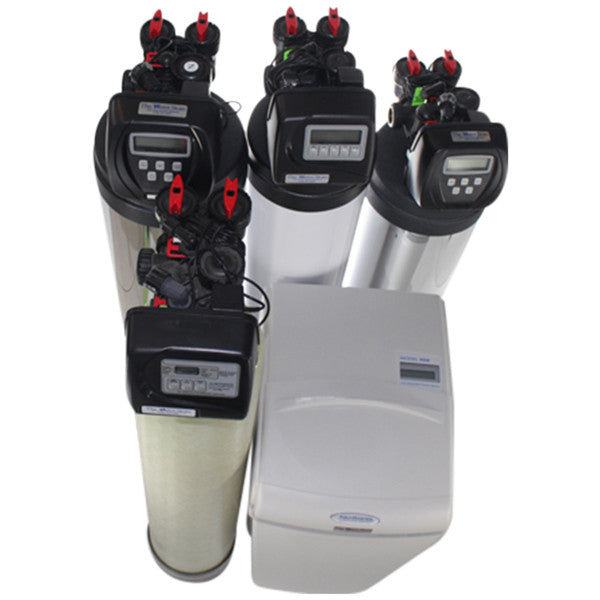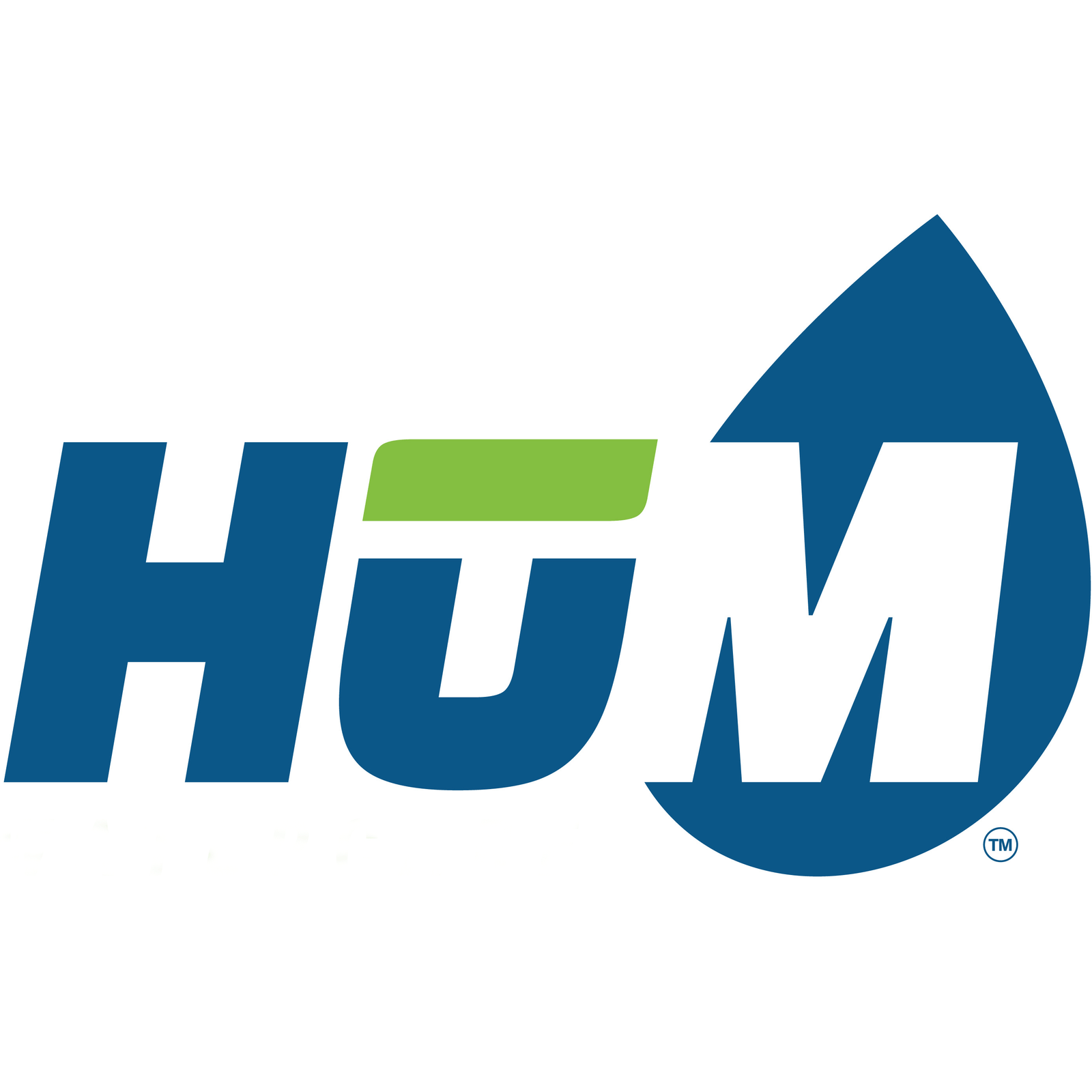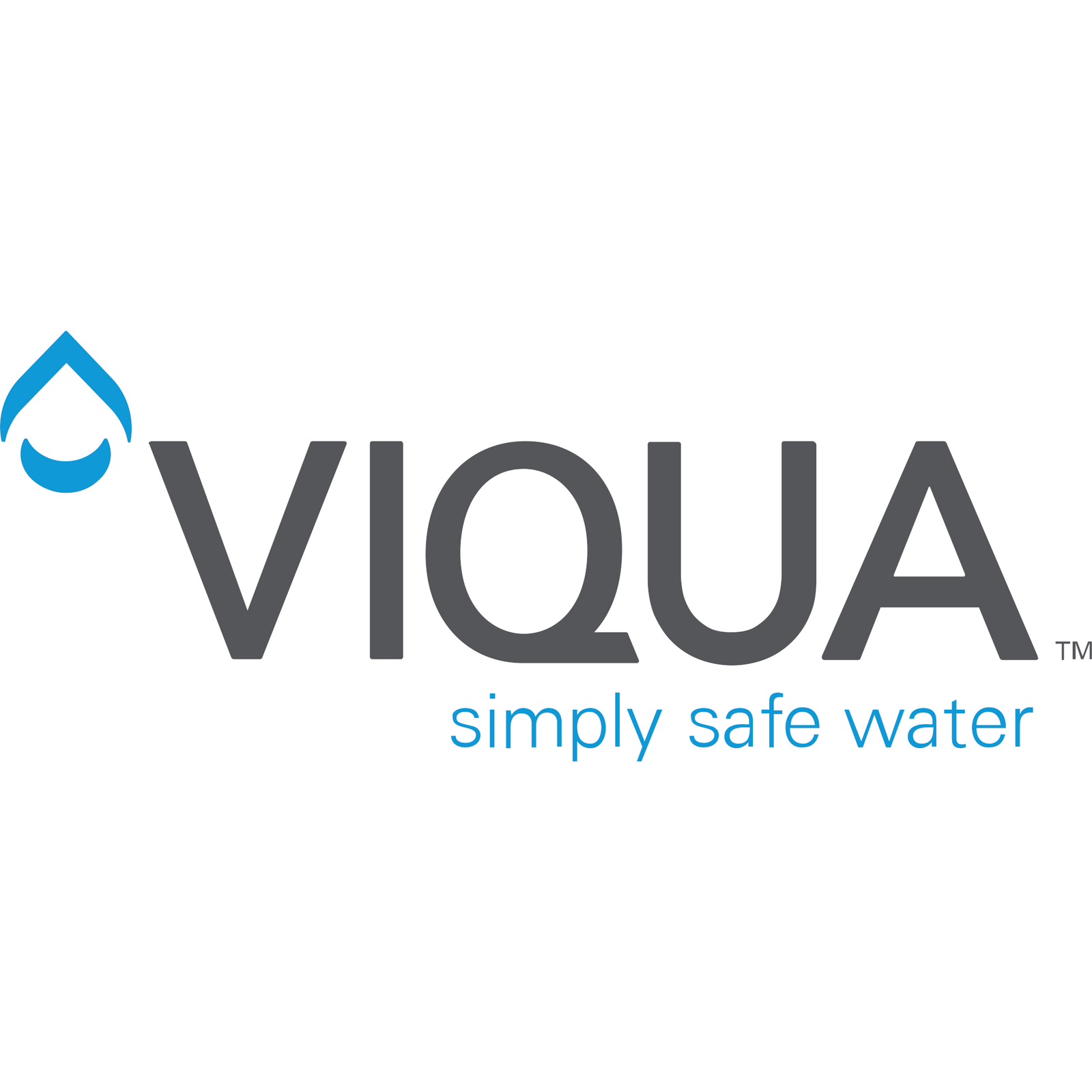
The Water Quality Research Foundation (WQRF) initiated the Battelle Study consisting of a series of designed experiments to compare the effects of detergent dose, water hardness, and wash temperature on the stain removal performance of five household laundry detergents by Scientific
The tests were conducted using the following parameters:
•Detergent usage was 50, 75 and 100% of the manufacturers recommended level.
• Water hardness levels of 0 and 513 ppm (30 gpg) plus a center point level of 257 ppm (15 gpg) were employed in these experiments.
• Wash temperatures tested were 60, 80 and 100ºF.
Stain removal effect of the following nine stains were studied:
• Blood, coffee, dust sebum, grass, red wine, chocolate pudding, chocolate ice cream, barbecue sauce, ground in clay
Six liquid and three powder detergents were used in this study with five of them being used more completely in these experiments.
The guidelines of ASTM D 4265 were followed for the tests. Standard soiled and stained cotton swatches were used.
The reflectance readings before and after the wash were measured and used for the analysis. A JMP statistical software program was used to interpret the implications of the results obtained in this study.
The savings in detergent use and the energy required to heat the water is significant for each of the stains tested. Even when 50% of the detergent is used at a lower temperature of 60ºF instead of 100ºF, the washing yielded improved results when the softened water was used as compared to hard water.
The graph below shows that one can use cold water and half the detergent for washing clothes stained with any or all of these stains and still achieve the soil removal desired, if hard water is softened prior to use. This is the most significant conclusion of this study.
Reduction of hardness is significantly more effective on stain removal than either increase in temperature or detergent dose. This is demonstrated in the graph below for top loading washers, but it was also confirmed for
side loading washers.
In summary:
• Stain removal performance increases dramatically when hardness is removed even when dose and temperature are also lowered. Depending on the stain, hardness reduction was up to 100 times more effective at stain removal than increasing temperature or increasing detergent dose.
• Softening water will allow use of less detergent and save energy by lowering water temperatures while still maintaining or improving performance.
• When water of any hardness is softened prior to its use in washing, the detergent use can be reduced by 50% and the washing can be carried out in 60ºF cold water instead of 100ºF hot water and achieve the same or better stain removal yielding cleaner, whiter clothes.
• This was true for all stains and all detergents tested.
• This was verified for traditional top-loaded and high-efficiency front-loaded washers.






